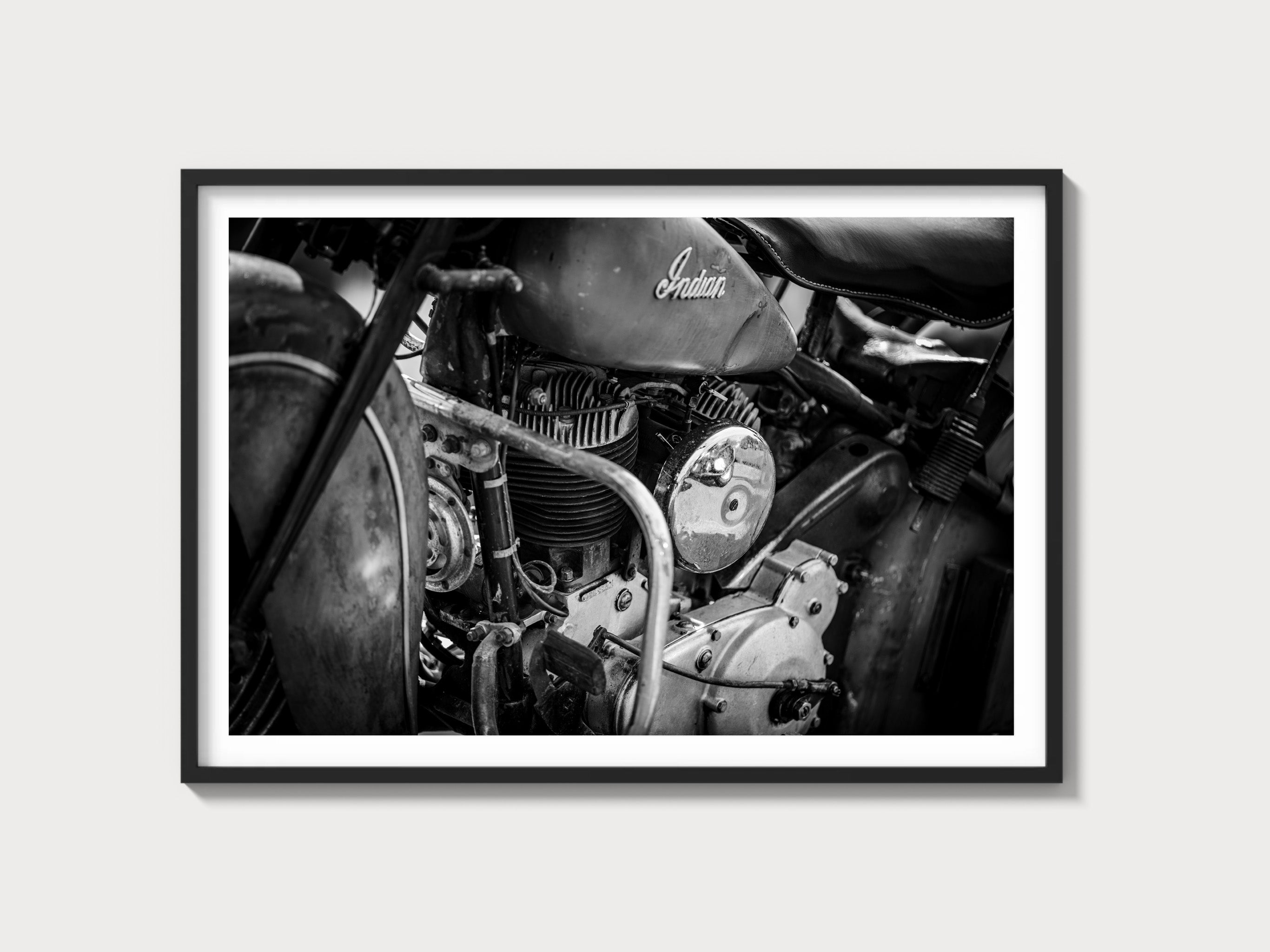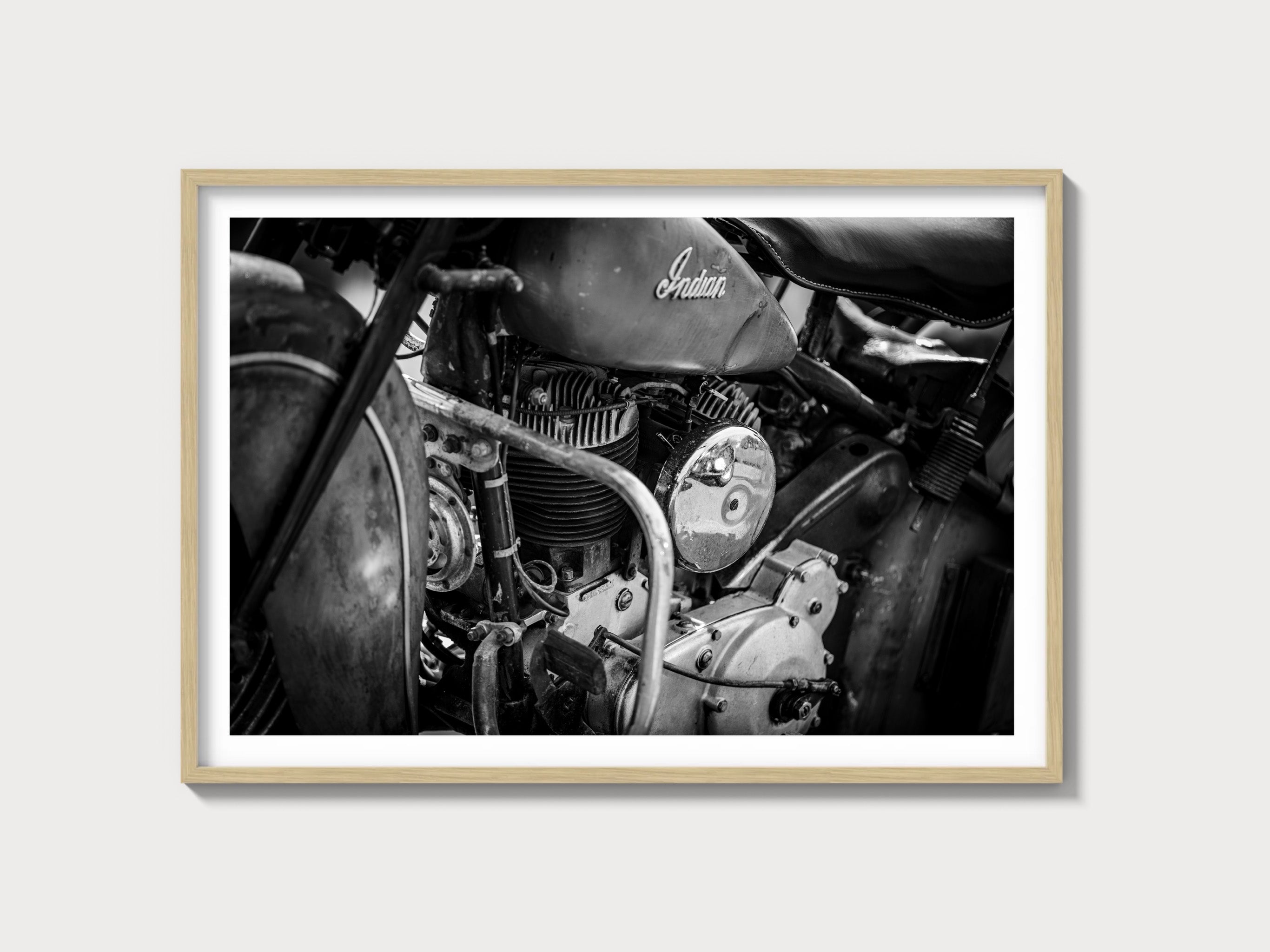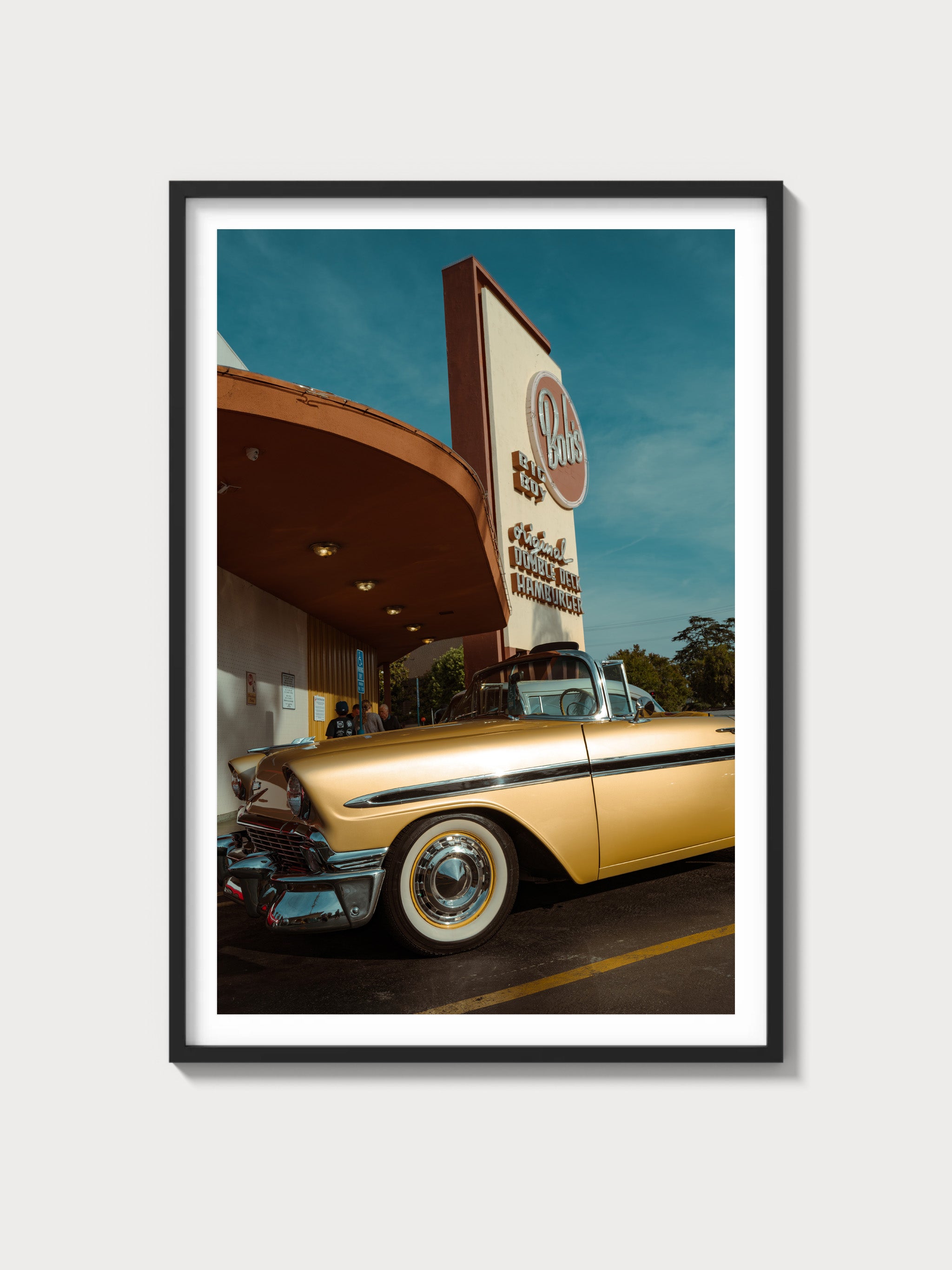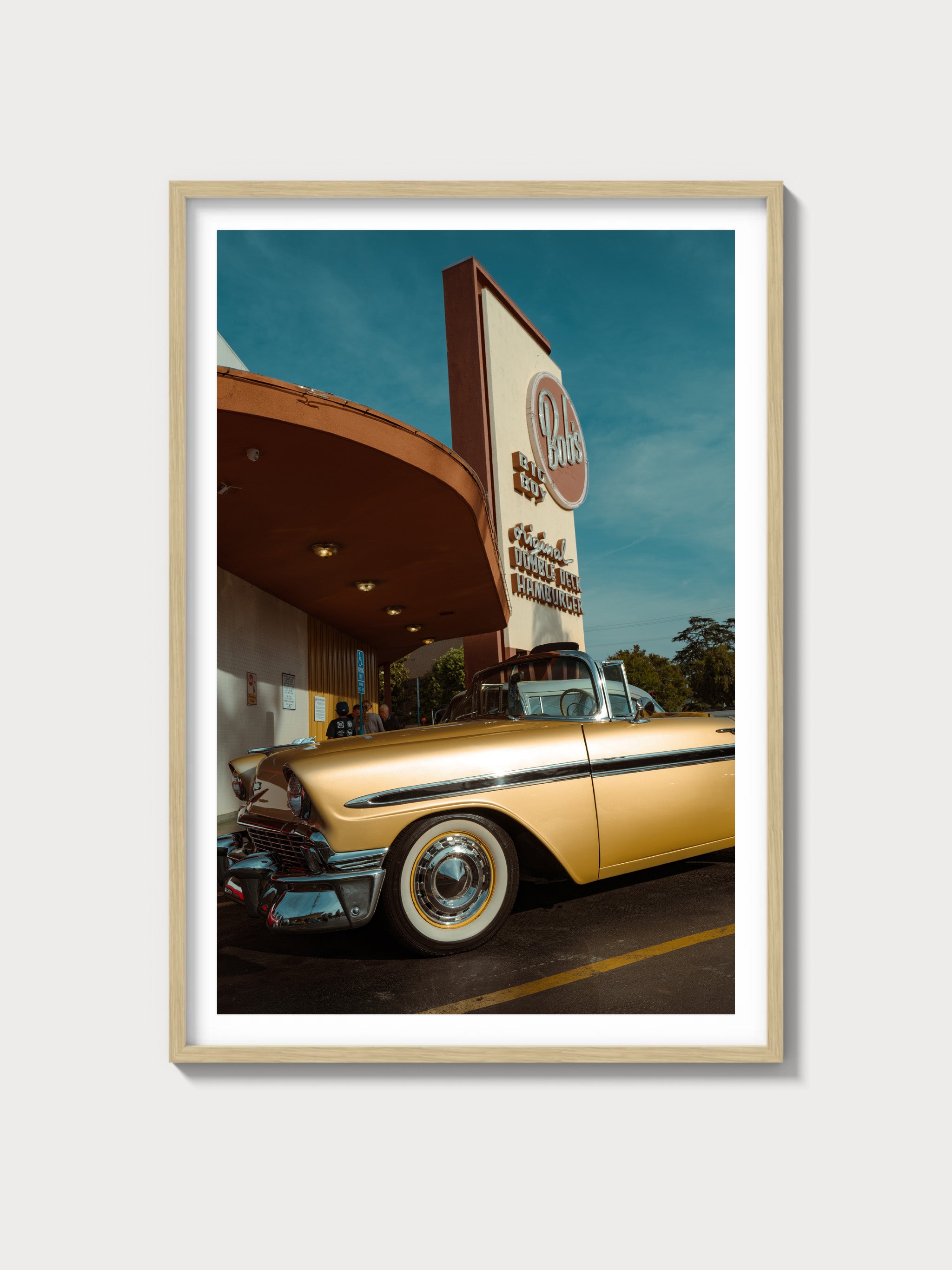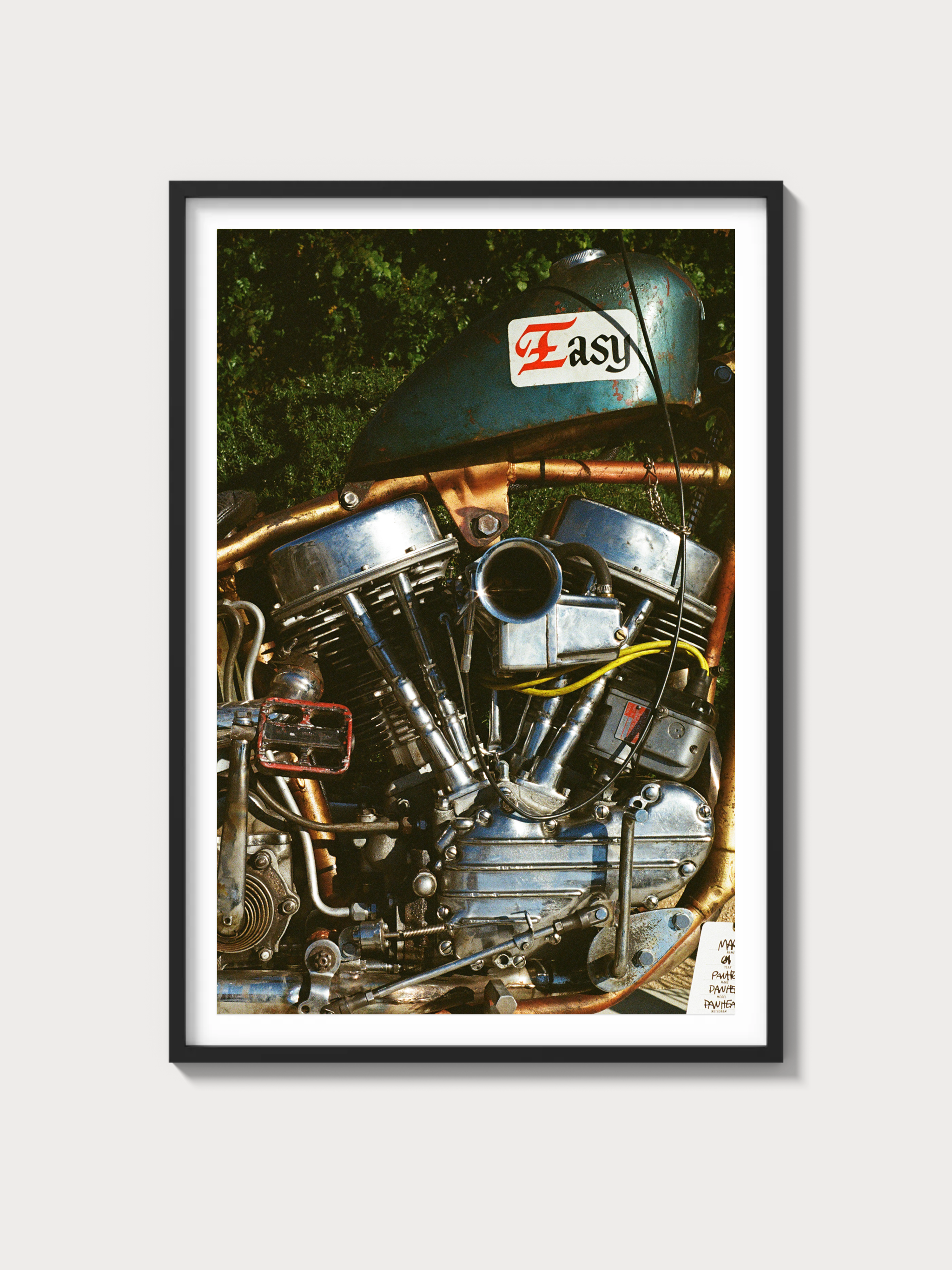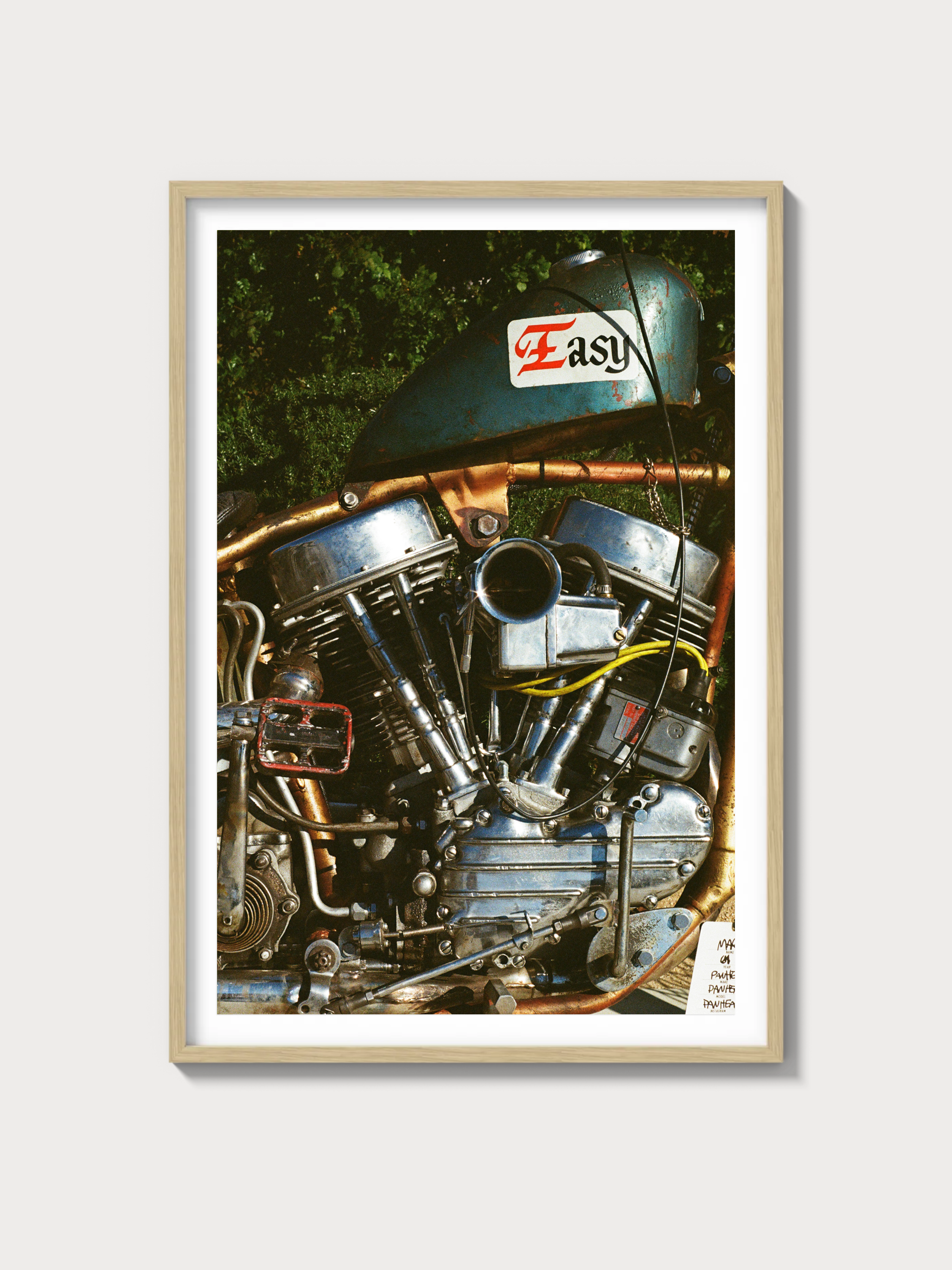2011–2019 Ford Fiesta S: The 6th Generation Marvel
Historical Context and Development
The Ford Fiesta, introduced in 1976, has been a cornerstone in Ford's global small car lineup. The 6th generation, debuting in 2008 globally and in 2010 in North America, marked a significant evolution in design and engineering. Developed under the 'One Ford' strategy, it aimed to unify global markets with a common platform. The Fiesta S, launched in 2011, was positioned as an entry-level model yet was imbued with the dynamic spirit typical of the brand. Its design, led by Martin Smith, adhered to Ford's 'Kinetic Design' philosophy, emphasizing energy and movement even when stationary. The 6th generation made notable strides in motorsports, particularly in rallying, where its robust chassis and agile handling were leveraged to considerable success.
Engine and Technical Specifications
| Specification | Detail |
|---|---|
| Engine Configuration | Inline-4 |
| Displacement | 1.6 L |
| Horsepower | 120 hp |
| Induction Type | Naturally Aspirated |
| Redline | 6,500 RPM |
| Fuel System | Sequential multi-port fuel injection |
| Compression | 11:1 |
| Bore/Stroke | 79 mm x 81.4 mm |
Driving Experience and Handling Dynamics
The Fiesta S is celebrated for its engaging driving experience, a hallmark of Ford's dedication to delivering fun-to-drive vehicles. Its electric power-assisted steering provides precise feedback, while the suspension tuning strikes a fine balance between comfort and sportiness. The MacPherson strut front and twist-beam rear suspension setup ensures stability and composure through corners. A five-speed manual gearbox enhances the driver's connection to the car, with a light clutch and direct gear changes.
Full Performance Specifications
| Performance Metric | Value |
|---|---|
| 0–60 mph | 9.5 seconds |
| Top Speed | 120 mph |
| Quarter Mile | 17.2 seconds |
| Weight | 2578 lbs |
| Layout | Front-engine, front-wheel drive |
| Brakes | Disc front, drum rear |
| Suspension | MacPherson strut front, twist-beam rear |
| Gearbox Type | 5-speed manual |
Variant Breakdown
- Fiesta S: Base model, focused on efficiency and affordability.
- Fiesta SE: Added features like upgraded audio and enhanced interior materials.
- Fiesta Titanium: Premium trim with additional luxury features and technology.
- Fiesta ST: Performance-oriented variant with a turbocharged engine, not part of the S lineup but notable for enthusiasts.
Ownership Notes
Owning a 6th generation Fiesta S involves routine maintenance, with service intervals typically set at 10,000 miles. Parts availability remains strong due to the car's popularity and Ford's extensive service network. Restoration is generally straightforward, with most components readily accessible. The Fiesta's durability is well-regarded, though attention should be paid to the condition of the suspension and brakes over time.
Cultural Relevance
The Fiesta's cultural significance is underscored by its appearances in various forms of media and motorsport. Its compact dimensions and lively performance have made it a favorite in urban landscapes and among amateur racers. Auction prices for well-maintained examples have remained stable, with collector interest piqued by limited-edition models and motorsport derivatives.
FAQs
- Is the Ford Fiesta S reliable? Yes, the Fiesta S is known for its reliability, particularly when regular maintenance is performed.
- What are common problems with the Fiesta S? Common issues include wear on suspension components and occasional electrical gremlins, though these are not widespread.
- How does the Fiesta S compare in value? The Fiesta S offers excellent value for money, particularly in the used car market, combining affordability with engaging dynamics.


























